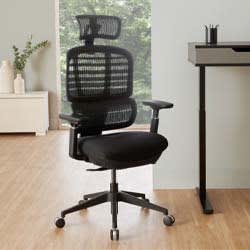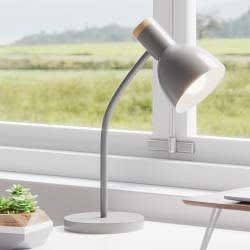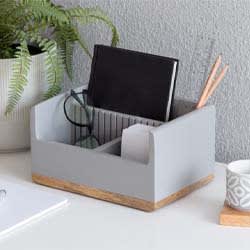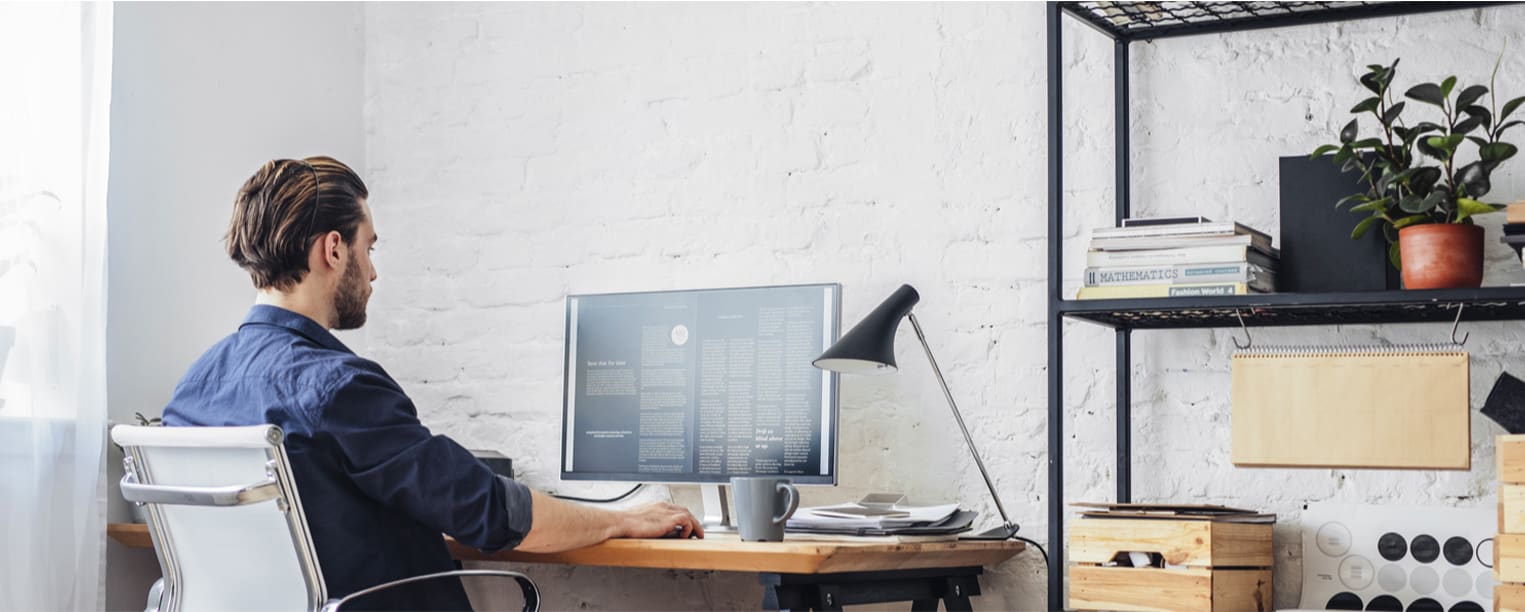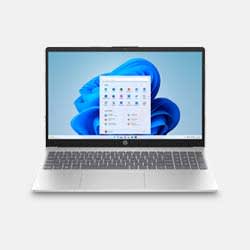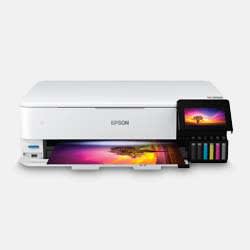How to Design a Successful Home Office
July 29, 2024
Choose the Right Colors
When looking for de-stressing work-from-home tips, it helps to begin with colors. Some colors that promote calm and tranquility include hues of blue and green.
Clean, neutral tones like white offer great flexibility for incorporating different textures, patterns, and statement pieces. To add contrast or complement the light color scheme, don’t hesitate to experiment with bold wall hangings or vibrant office chairs.
Here are some other colors that evoke different moods:
● Green is considered a neutral, organic color. It fosters vibes of peace and relaxation, allowing us to concentrate on the task at hand.
● Yellow grabs attention and is considered optimistic, but bright yellow might be too distracting for a workspace.
● Red and purple are strong colors that raise energy levels and excite the imagination. While perhaps too powerful for a dominant home office color, you can use them as accents.
● White, ivory, grey, and tan are good neutral colors that don’t distract, provide a measure of calm, and combine well with bold accents to create a sense of vitality.
Create a Home Office You’ll Love Working In
Designing an effective home office requires careful planning and attention to detail. You can transform any space into a productive and enjoyable workspace by avoiding common pitfalls, choosing ergonomic furniture, optimizing your layout, and creating an environment with the right colors and lighting.
Your home office should be a sanctuary that fuels your motivation and creativity. Don’t underestimate the impact small changes like decluttering, upgrading equipment, and incorporating personal touches can have on your overall well-being and job satisfaction.
Take the time to design a home office tailored to your unique needs and preferences. When you love the space you work in, you’ll find it easier to stay focused, energized, and inspired to achieve your professional goals from the comfort of your home. Create an environment that empowers you to do your best work each day.
About the Author:
Besides writing, Lily Seitz loves singing and lounging with her cats. Any other time, you’ll most likely find her making scented candles or bath and body products by hand.
All content provided herein is for educational purposes only. It is provided “as is” and neither the author nor Office Depot, Inc. warrant the accuracy of the information provided, nor do they assume any responsibility for errors, omissions or contrary interpretation of the subject matter herein.
))
))

